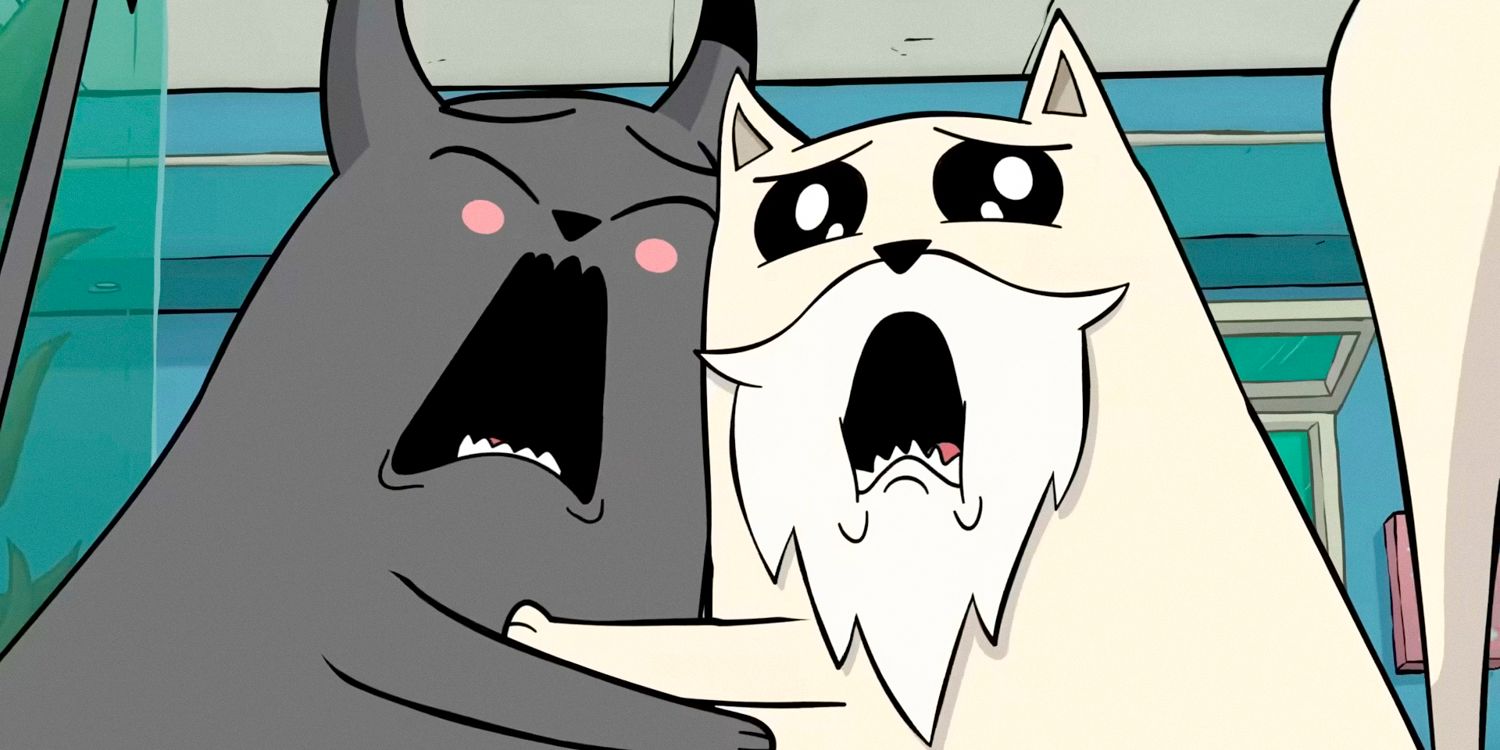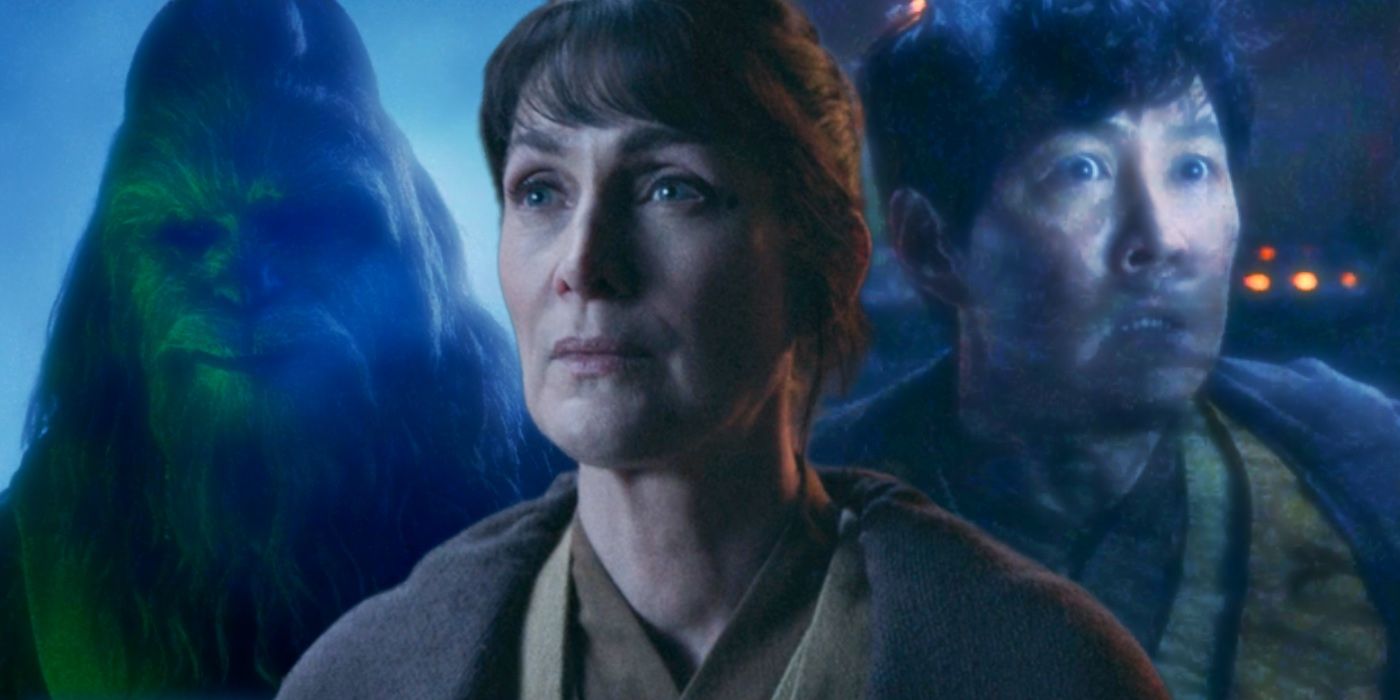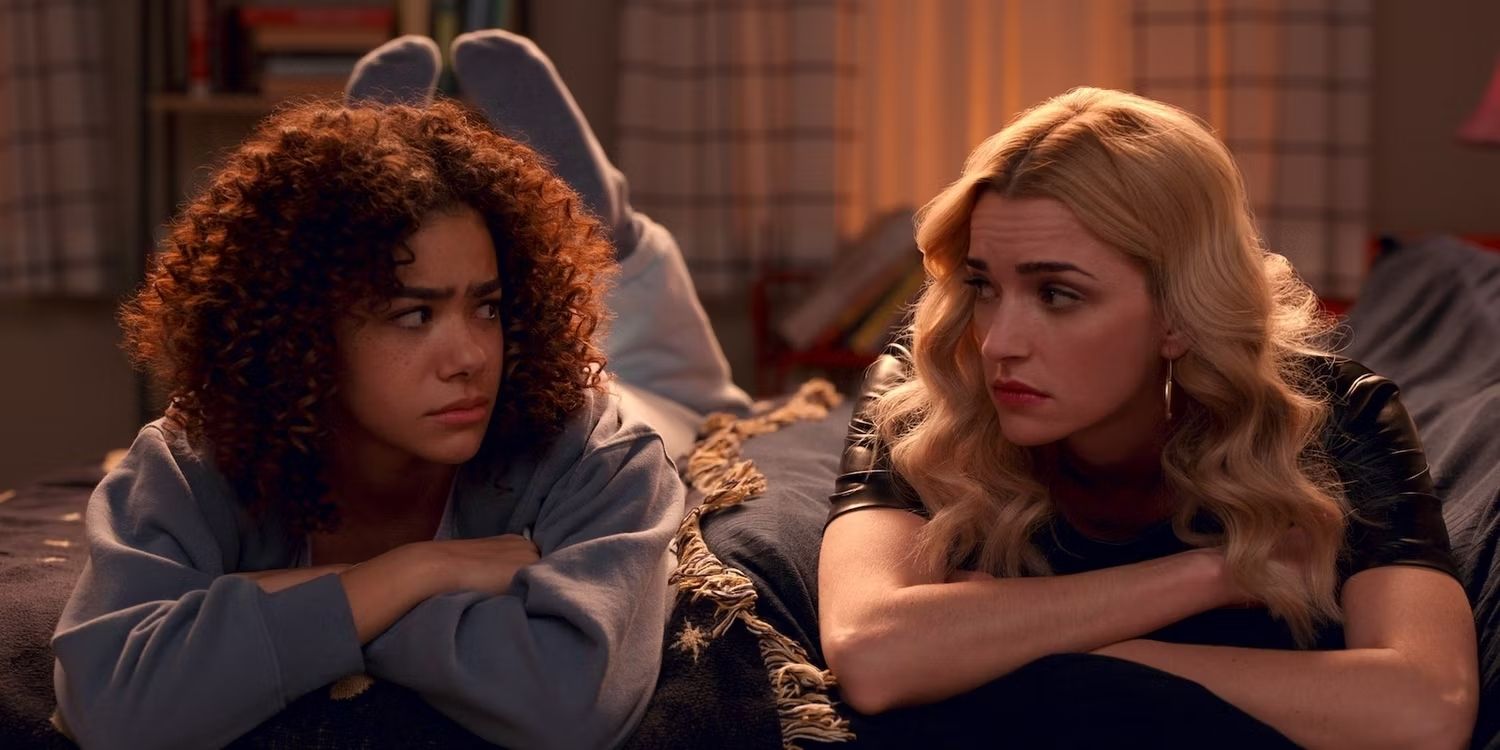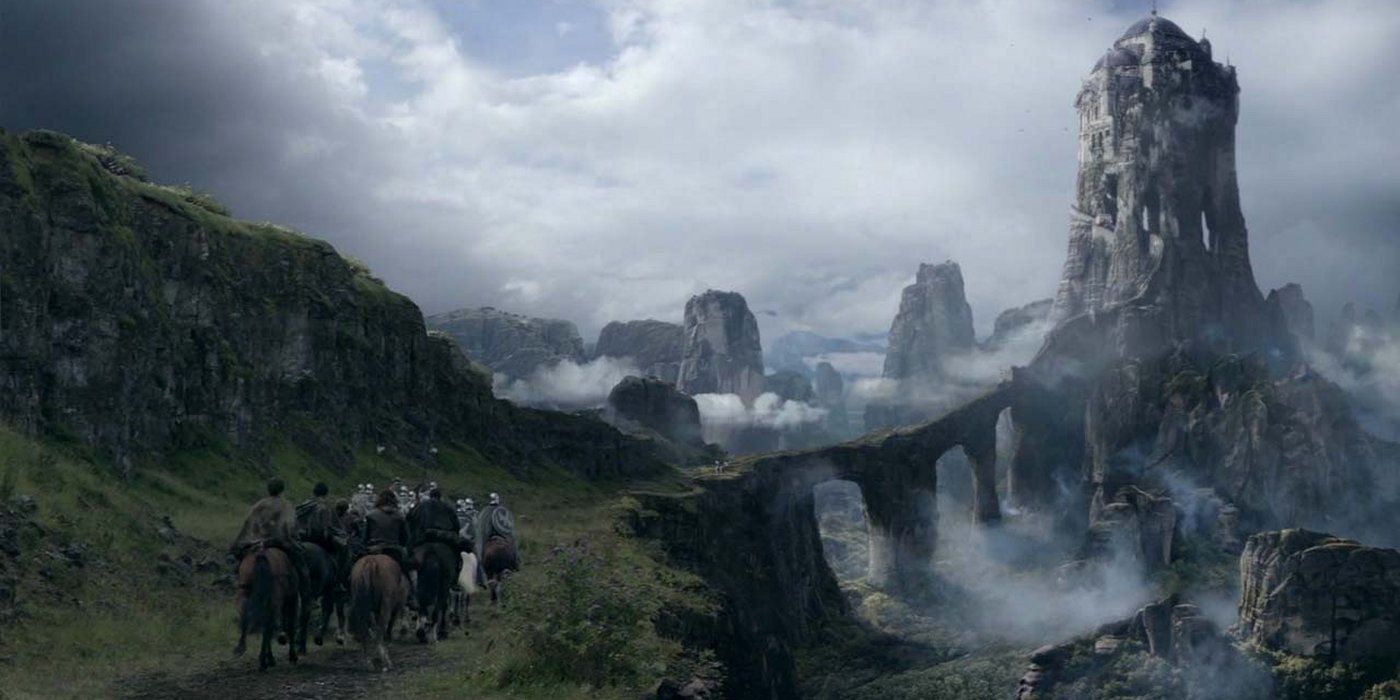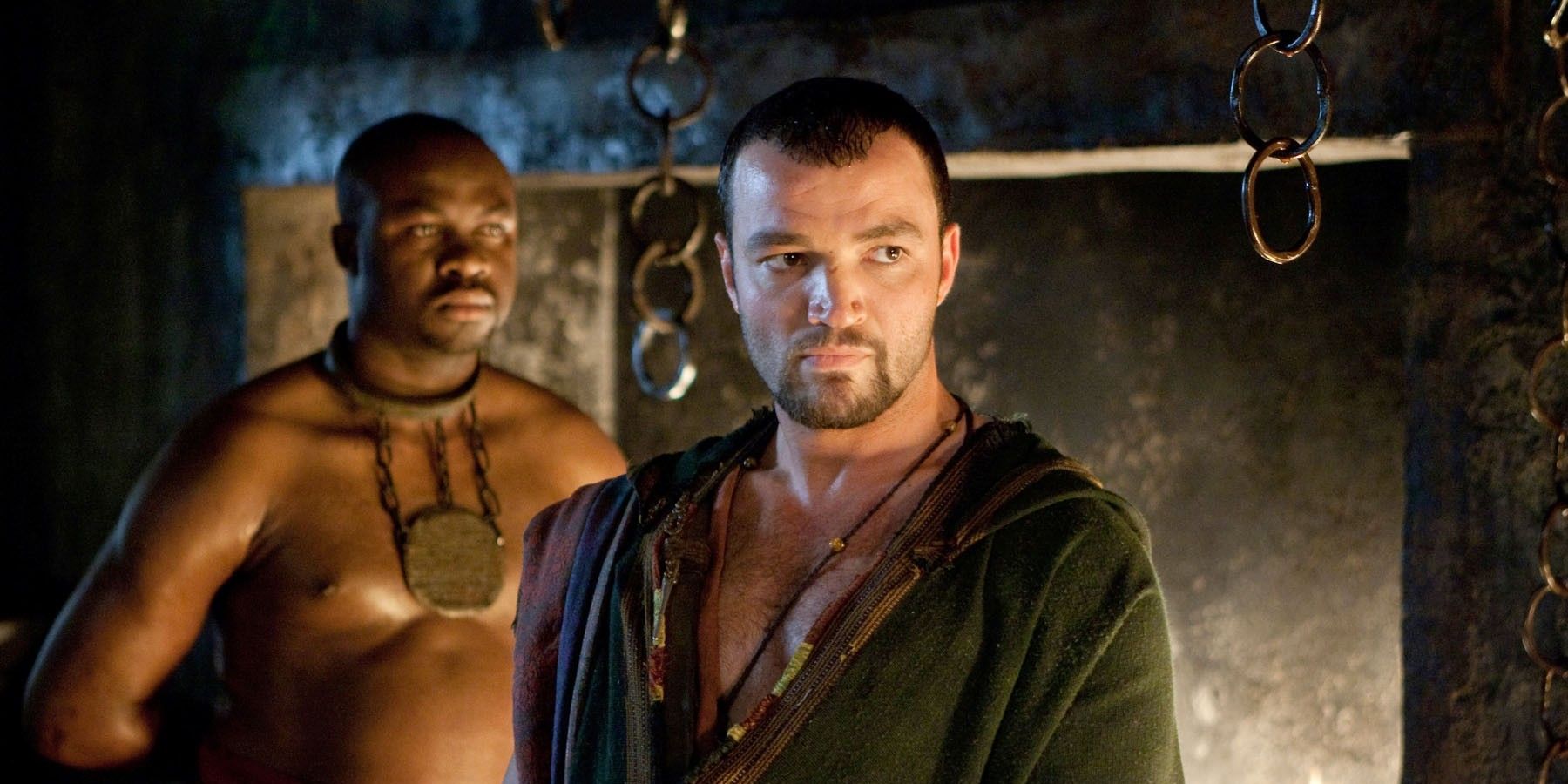Here’s why “The Lost Sister” is the worst-rated episode in Stranger Things history. After a stellar debut season, the pressure was on Stranger Things 2 to deliver. Stranger Things’ cast of plucky teenagers and their battle against the Upside Down captured the hearts of viewers and quickly became Netflix’s hottest property by melding science fiction adventure with a nostalgic 1980s aesthetic. Stranger Things‘ second season was another critically acclaimed outing from the Duffer brothers that opened up the characters of season 1, introduced some compelling newbies, and delved deeper into the mythology of the Upside-Down. However, season 2 also contains an episode that attracted near-universal disdain.
As the tension between Eleven and Hopper, now the youngster’s guardian, reaches boiling point, Eleven is encouraged to strike out alone in search of others who were experimented on by Dr. Brenner and developed psychic abilities. She eventually finds Kali (Eight), who is able to project illusions and has gathered a band of followers in her attempt to get revenge on those from the Hawkins lab. Kali helps Eleven learn to control her own abilities, but her older sister’s ruthlessness soon sends Elle running back home, now looking like a fan of The Cure.
In truth, “The Lost Sister” had a lot of good ideas. Introducing other test subjects with abilities made sense and expanded the world of Stranger Things, and the episode also solved the lingering problems of Eleven being unable to control her powers and her rocky relationship with Hopper. Despite some promise, the execution of “The Lost Sister” left a bitter taste among viewers.
Why The Lost Sister Is So Hated
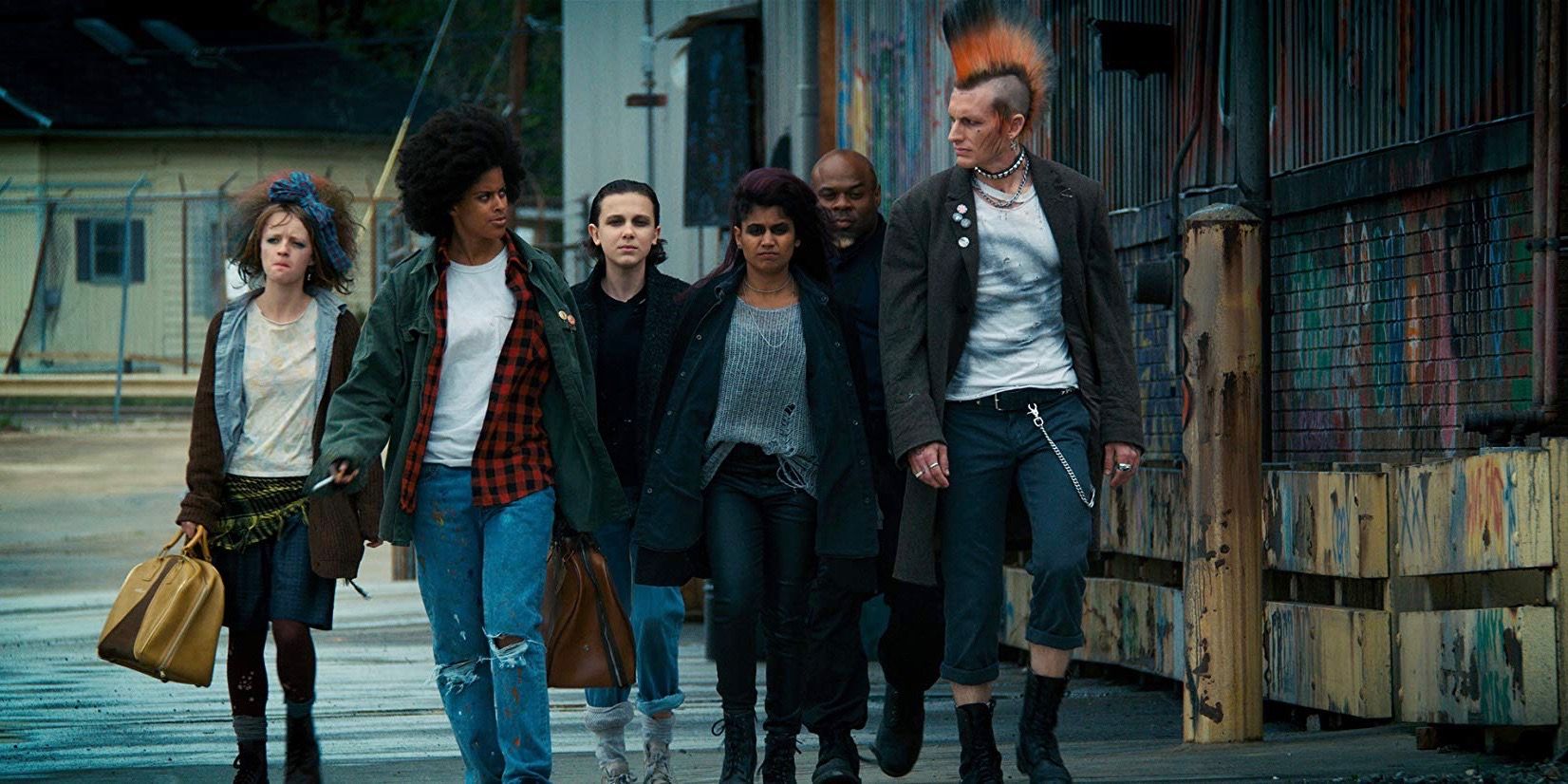
The episode is a massive visual and tonal shift from not only the rest of season 2 but the entirety of Stranger Things. The familiar small-town vibe of Hawkins is replaced by the bright lights of Chicago, immediately separating “The Lost Sister” from every other episode. Thematically, the introduction of Kali is far darker than anything Stranger Things had managed previously. The feel-good 1980s mystery tone, with a Spielberg-esque group of kids taking on some shady villains, had suddenly been replaced with Eleven almost killing a man while his children were in the other room. “The Lost Sister” was already a bottle episode in the sense that it only really featured Millie Bobby Brown from the usual cast. Still, the drastic change of setting and sudden deviation of tone made for an even more jarring gear shift, and fans weren’t on board.
The placement of “The Lost Sister” in Stranger Things season 2 is also a problem. As episode 7 out of 9, the standalone episode comes just as the main story with The Mind Flayer, Will’s possession, and “Dad Steve” is coming to a climax. After progressing steadily for 6 episodes, “The Lost Sister” cuts all momentum and switches to a mostly-unrelated side-story that barely connects to the rest of the narrative. When normal service is resumed in “The Mind Flayer,” the introduction of Kali and Elle’s adventures in Chicago feels like a distant fever dream, and only distracted viewers from the things they were invested in.
How Stranger Things S4 Avoided The Lost Sister Problem
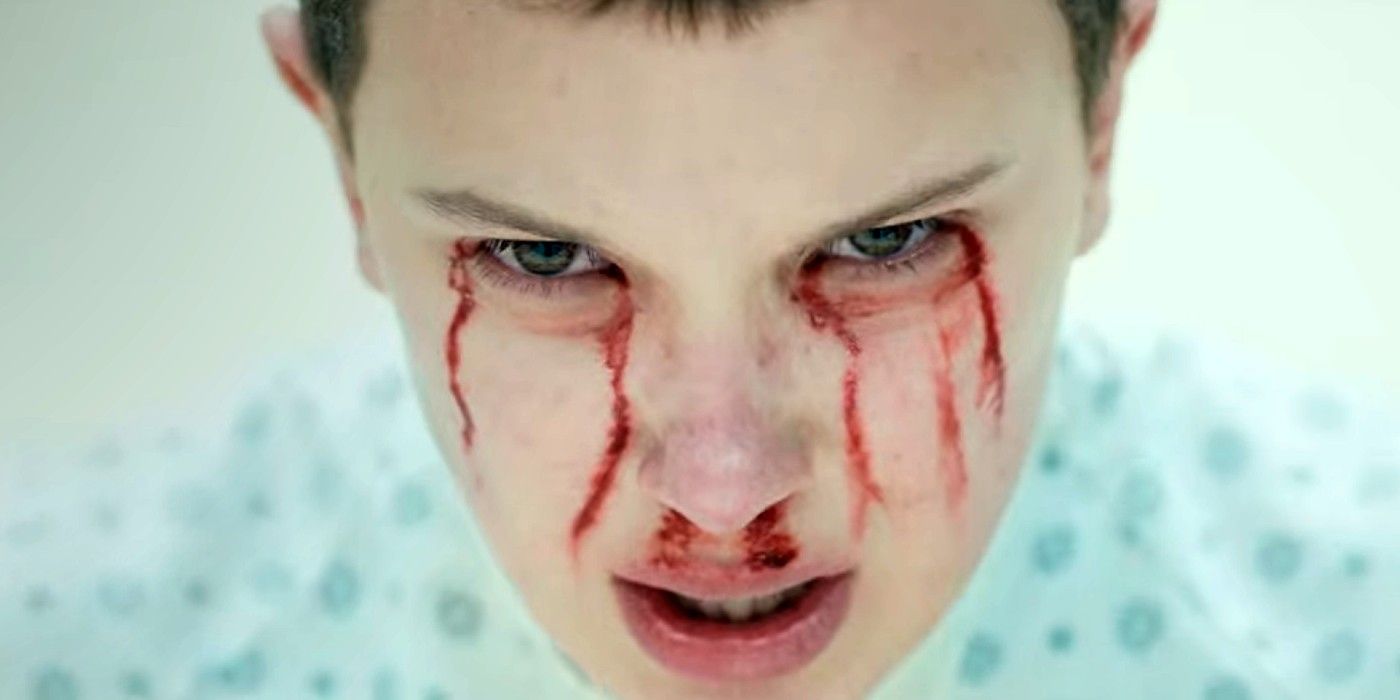
Stranger Things season 4 could’ve messed up in the same way as “The Lost Sister” episode, but it didn’t. Locations were expanded, with the Byers moving to California and Hopper trapped in Kamchatka, and much of the season focused on Eleven’s time with the other children under Dr. Brenner’s care. However, Stranger Things season 4 fixed season 2’s problems, especially concerning “The Lost Sister.” Firstly, the children that Eleven lived with were not a testing ground for a spinoff series – instead, they were used to drive the narrative forward. There wasn’t a one-off episode featuring the various children and their powers but an intriguing narrative thread that was woven throughout the season in a cohesive way. Stranger Things season 4 was also able to hone in on the aspects that fans love about the series without needlessly experimental episodes. There were unexpected team-ups that worked for the show, the introduction of new fan-favorite characters like Eddie and Argyle, and plenty of gruesome kills at the hands of Vecna. Unlike “The Lost Sister” detracting from the Mind Flayer storyline, Stranger Things season 4 flipped expectations by exploring different settings and collaborations while keeping the focus squarely on the new Big Bad.
In any TV series, bottle episodes are divisive by their very nature. Even the critically-untouchable Breaking Bad caused a stir with “Fly” – either a pointless abomination or a work of genius depending on the viewer. But the best standalone episodes turn inward, pausing to take a deeper look at one or two specific characters so that when the main story resumes, the audience has a greater understanding of those personalities. “The Lost Sister” doesn’t achieve this. Instead, the episode looks outward, introducing new themes, ideas, settings, and characters that weren’t important or complementary to the Stranger Things season as a whole.
